Chalkboard paint is popular thanks to its blend of sentiment, whimsy
and practicality. Whether it's painted on walls, furniture or
appliances, chalkboard paint has certainly come a long way from the
basic green or slate gray boards used in schools.
I love the use of chalkboard paint in unexpected ways — like on the back of a kitchen island or in place of a headboard — but I'm also a classic girl at heart and a fan of the simple chalkboard. The recent transformation of my son's nursery to big kid room had me painting stripes, and I couldn't resist throwing a chalkboard into the mix.
I love the use of chalkboard paint in unexpected ways — like on the back of a kitchen island or in place of a headboard — but I'm also a classic girl at heart and a fan of the simple chalkboard. The recent transformation of my son's nursery to big kid room had me painting stripes, and I couldn't resist throwing a chalkboard into the mix.
Chalkboard paint is available in varying shades of color through manufacturers like Hudson Paint,
but at $25 per quart, it can get expensive. Save your pennies and have
complete control over the color by making your own in three steps.
|
Materials:
|
1. Mix the latex paint with the non-sanded grout in a cup or bucket.
A good ratio to use is 1 part grout to 8 parts paint. So, if you're
mixing a small amount, mix 1 tablespoon grout with a ½-cup paint. For a
larger amount — like I used — mix 1 cup of grout with a ½ gallon of
paint.
Ensure that all the grout is mixed in — otherwise, the granules may be visible on the chalkboard. I have found that a paint mixer drill attachment and a 5 gallon bucket is the simplest and most efficient way to blend a larger amount of paint.
Note: Grout is typically only available in large quantities — 10 pound boxes for around $12 — so plan accordingly. I knew I would be regrouting the shower and bought the Polyblend Non-Sanded grout to match. Don't have any tiling plans in your future? You may have a friend who recently tiled an entry or bathroom, so ask to use some of theirs.
To cut the sheen in the high-gloss black "oops" paint I picked up at a discount and achieve the classic charcoal color I wanted, I mixed a ½ gallon of the black paint with 2 cups of white ceiling paint, then added the grout.
Ensure that all the grout is mixed in — otherwise, the granules may be visible on the chalkboard. I have found that a paint mixer drill attachment and a 5 gallon bucket is the simplest and most efficient way to blend a larger amount of paint.
Note: Grout is typically only available in large quantities — 10 pound boxes for around $12 — so plan accordingly. I knew I would be regrouting the shower and bought the Polyblend Non-Sanded grout to match. Don't have any tiling plans in your future? You may have a friend who recently tiled an entry or bathroom, so ask to use some of theirs.
To cut the sheen in the high-gloss black "oops" paint I picked up at a discount and achieve the classic charcoal color I wanted, I mixed a ½ gallon of the black paint with 2 cups of white ceiling paint, then added the grout.
2. Paint the surface with the chalkboard paint. Prep the surface as you would for any paint job. I painted two coats for even coverage.
While I've used a classic charcoal gray, the color options are endless. Make chalkboard paint out of your leftover wall paint for a seamless and fun addition to a room or go bold with a bright, contrasting color.
While I've used a classic charcoal gray, the color options are endless. Make chalkboard paint out of your leftover wall paint for a seamless and fun addition to a room or go bold with a bright, contrasting color.
3. Condition the chalkboard. Get
your chalkboard ready for drawing by rubbing the board with chalk, then
wiping it off with a dry towel in circular strokes. With that final
step, it's ready to be put to good use.
|
In my son's room, I've gone big
by painting an entire wall with chalkboard paint and framing it to
create a place that can be used for both play and educational
activities.
More: Grown-Up Ideas For Chalkboard Paint
From Houzz.com: by Meg Padgett
|

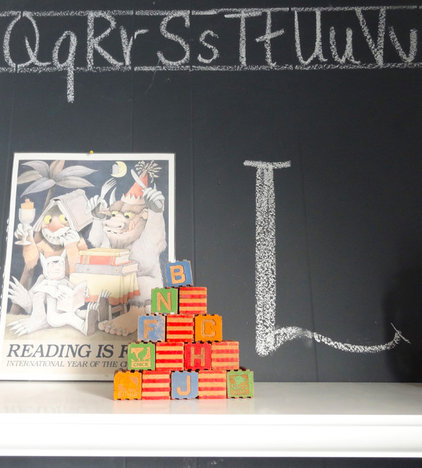
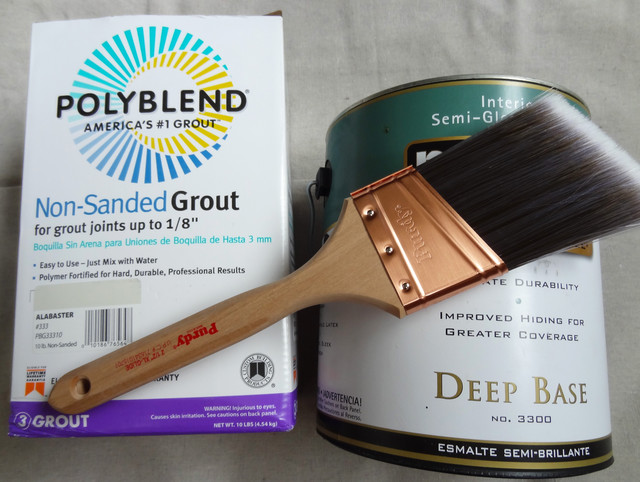
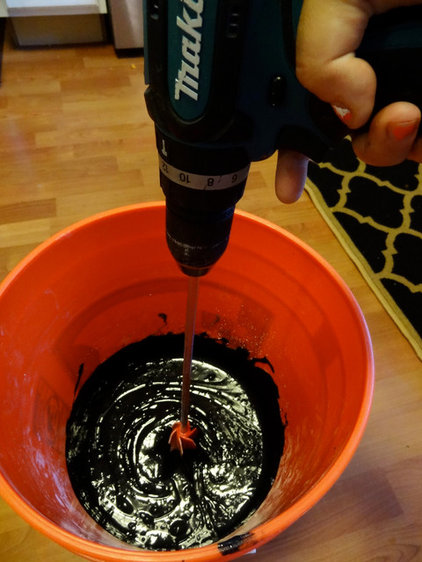
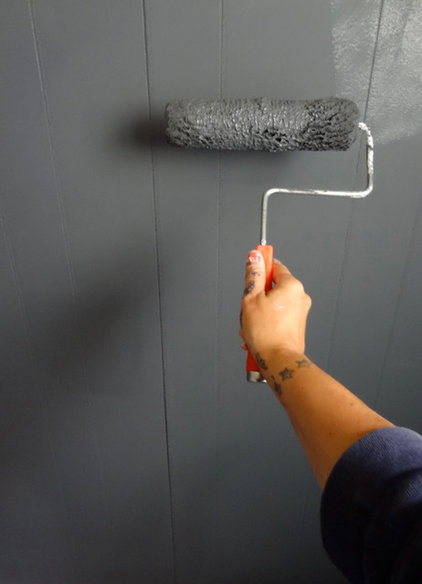
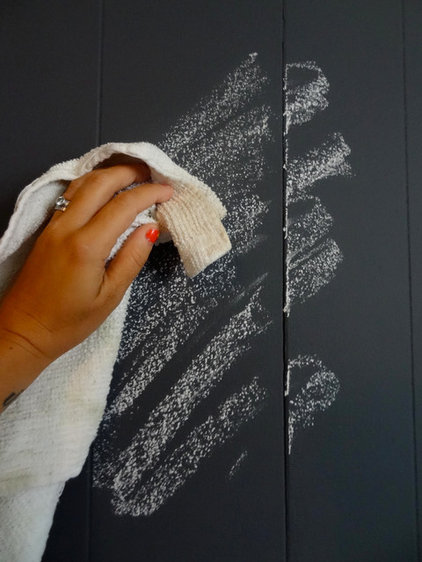
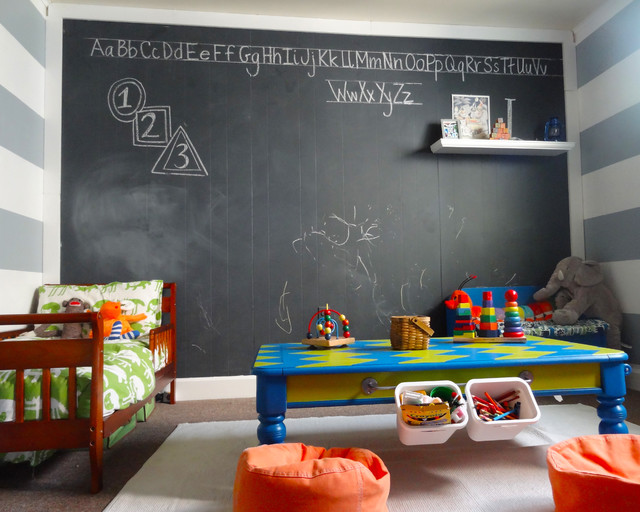
Bursa
ReplyDeleteMersin
izmir
Rize
Antep
T805OZ
Yalova
ReplyDeleteHatay
Muş
Bursa
Mersin
GH8
F1535
ReplyDeleteÜnye Yol Yardım
Zonguldak Evden Eve Nakliyat
Malatya Parça Eşya Taşıma
Çerkezköy Koltuk Kaplama
Diyarbakır Lojistik
Kayseri Şehir İçi Nakliyat
Mamak Fayans Ustası
Bolu Şehir İçi Nakliyat
Keçiören Fayans Ustası
60DDA
ReplyDeletecanlı sohbet
yalova rastgele görüntülü sohbet ücretsiz
afyon yabancı canlı sohbet
rastgele görüntülü sohbet ücretsiz
telefonda kızlarla sohbet
canlı sohbet ücretsiz
eskişehir sesli sohbet uygulamaları
aydın mobil sohbet bedava
burdur rastgele sohbet
C40A9
ReplyDeleteTwitter Retweet Hilesi
Binance Sahibi Kim
Periscope Takipçi Hilesi
Pepecoin Coin Hangi Borsada
Mexc Borsası Kimin
Tumblr Beğeni Hilesi
Ceek Coin Hangi Borsada
Madencilik Nedir
Binance Kaldıraçlı İşlem Nasıl Yapılır
37EDA
ReplyDeleteBitcoin Nasıl Alınır
Instagram Beğeni Hilesi
Parasız Görüntülü Sohbet
Bitcoin Para Kazanma
Onlyfans Beğeni Hilesi
Spotify Takipçi Hilesi
Mexc Borsası Kimin
Referans Kimliği Nedir
Floki Coin Hangi Borsada